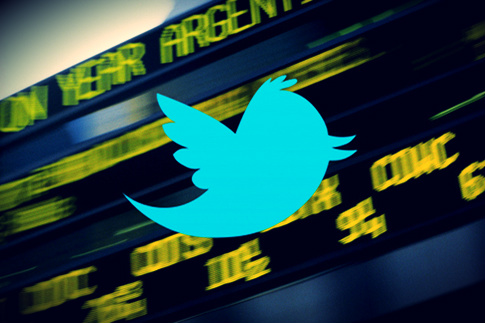 Twitter’s attempt to raise $1 billion through an initial public offering has been seen by some as a statement of the company’s success. With over 215 million users, it’s a statement that, at least at first glance, seems rather reliable.
Twitter’s attempt to raise $1 billion through an initial public offering has been seen by some as a statement of the company’s success. With over 215 million users, it’s a statement that, at least at first glance, seems rather reliable.
But with mediocre advertising income and massive quarterly losses, it seems that the future of Twitter is less certain than the technology industry – as well as many people involved in the investment world – would have you believe.
Twitter’s failure to make a profit isn’t particularly unique in the world of start-ups, particularly those based out of Silicon Valley. In fact, a profitable start-up is, today, more of a rarity than a company fuelled by venture capital with little to no profit.
Twitter has, in seven years, failed to produce any profit. It’s cost investors upwards of $1 billion to create and finance during its operation, and it’s spent over $600 MM on acquisitions, technology, and other major expenses.
Despite a significant growth in the company’s revenue, it still isn’t profitable. In fact, it’s growing less profitable every single day, with expenses growing at a rapid pace and its losses continuing to increase.
Other technology firms have suffered from large-scale investment without a secure business model. TaskRabbit, a website designed to allow people to outsource small tasks such as grocery shopping, has laid off much of its staff due to low earnings.
Instagram, meanwhile, has announced that it will begin selling advertising space on its photo sharing platform. It’s a great decision for the company, but many feel that it’s come rather late – the company was already acquired for $1 billion by Facebook.
It seems that poor earnings – or, in some cases, outright losses – are far from a rarity in the world of technology. In fact, for many of today’s most prominent start-ups, the idea of profit itself is something of an abstract one, and certainly not a reality.





